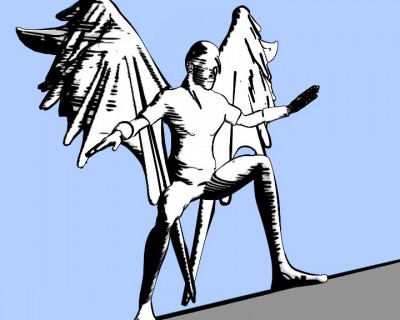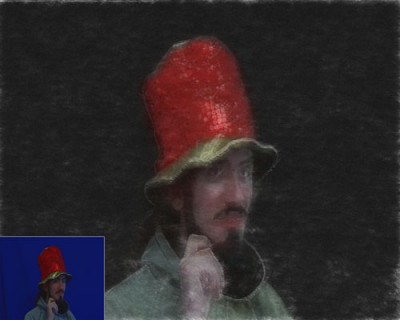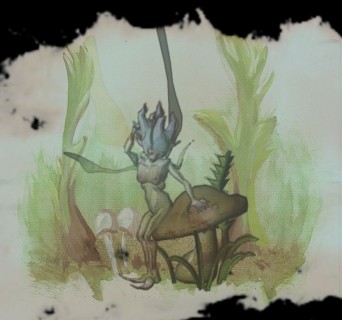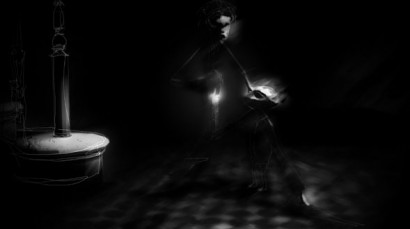Vector Based Texturing in a Production Renderer

The predominant methods of texturing for production rendering in computer graphics are currently based on bitmap images and procedural algorithms. Although sufficient in many cases, both methods are in some way limited in terms of resolution, be it by storage requirements or issues of speed.
Marvel Comic Style Animation

This project outlines the techniques and methods that were used to create those comics from the
Development and Implementation of a Natural Media Filter for the post-processing of animated sequences

This project is concerned with the research and development undertaken in the creation of a digital image filter that is able to process an animated sequence of frames to mimic the aesthetic of paint, pencil or chalk. The filtered images are similar in style and aesthetic to the inspirational works of Dave McKean and in particular, his illustrations within the graphic novel “Black Orchid”. As a post-process, the workflow created is capable of filtering an animated sequence using only the source animation as input. Research into optical flow and stereo disparity algorithms also result in motion extraction, influencing texture generation to retain the visual continuity and coherency movement within the animation.
Look of The Fairy

Fairies appear a lot in art and motion pictures as they are a sight of wonder and mystery. Also, in more recent animated films, visual artists have been trying to create images that have a painterly feel to them whilst still working in the realm of 3D. This project shows a study of how a fairy is to be portrayed and move in a 3D animation as well as creates a 3D animation that has a similar look to the painterly effect that has
The Mental Ray Experience

The work for my Innovations project comes under two broad categories. My first idea was to look at the use, authoring and implementation of mental Ray shaders. As work on the project progressed, my work was more focussed upon skin and the techniques used in 3d computer graphics to represent it.
Non-Photo Realistic Image Processing

The connection between traditional media and digital is very rarely explored often resorting using non-photo realistic
Image-Based Rendering

This innovations project deals with a texture mapping approach that has been greatly influenced by Image-Based Rendering. In the report, different IBR fields of research will be outlined and existing software will be discussed as to their advantages and limitations. I will present my own method, which is a manual approach to photo-based texture mapping aimed at time-effective creation of photorealistic environments and matte paintings. The key to the project is that photos are used as modeling templates as well textures. I will demonstrate this concept on two cityscape scenes. Finally I will analyse my work and discuss its usefulness and its limitations.
Painterly Shader – Cartoon Painterly Renderer

The aim of this project is to create a 3D shader that is able to render a computer generated scene. More specifically, a scene which is visually similar to the backdrop created in the 1967 film Jungle Book. I will use a nurbs surface as the base that the
To create an animated journey through a world rendered in the style of a Vincent VanGogh painting

Computer graphics software is frequently used to generate photorealistic imagery. This may be for motion pictures or simulations. Even graphics for computer games are often intended to appear as photorealistic as possible. Computers are also used to produce graphics for mathematical or scientific simulations, for instance for medical imaging.
